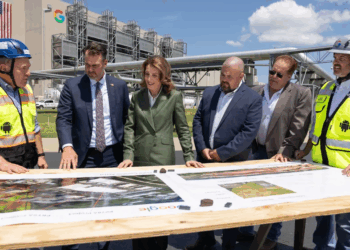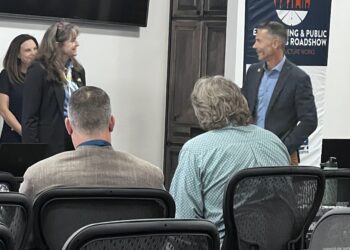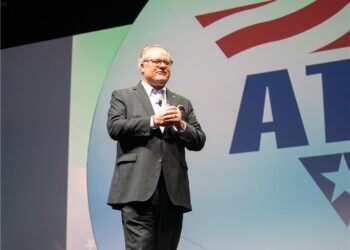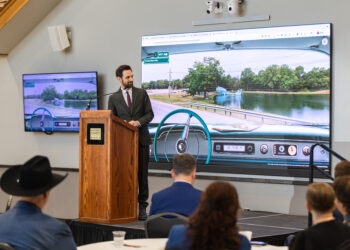OKLAHOMA CITY (OBV) — Oklahoma lawmakers are taking a closer look at how state regulations may be standing in the way of developing more affordable housing for working families.
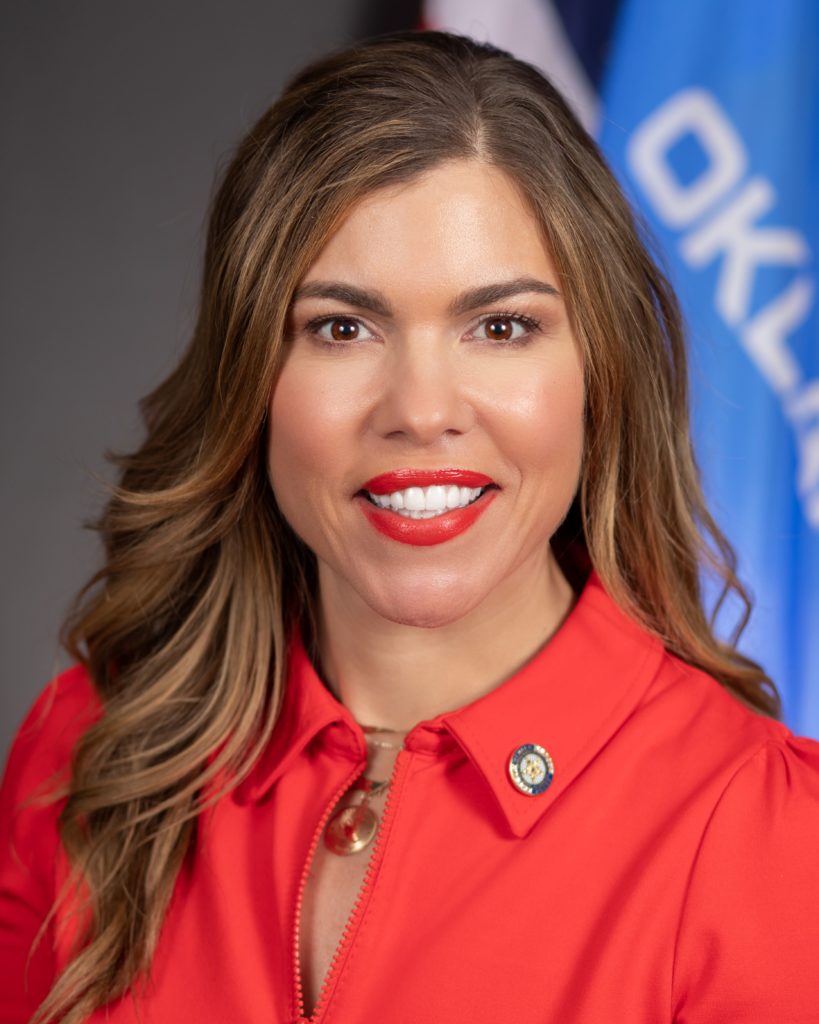
Suzanne Schreiber, D-Tulsa, hosted an interim study at the State Capitol on Thursday examining how revisions to building codes could encourage the construction of smaller, safe and cost-effective multi-unit housing.
“Thank you to our local experts for joining us at the State Capitol to better inform members on how we can improve the paths to building the kind of safe, quality housing our workforce and families need,” Schreiber said. “This is just the beginning of this conversation, and I look forward to the work we can do together.”
The study featured presentations from industry and regulatory leaders including Cindy Giedraitis with the National Fire Sprinkler Association; Mark Tackett with the Oklahoma Fire Sprinkler Association; Mark Gandy with the American Institute of Architects, Oklahoma Chapter; David Adcock of the Oklahoma Uniform Building Code Commission; Austin Tunnell of Building Culture; Keith Bryant, Oklahoma State Fire Marshal; and Tyler Parette with Housing Forward.
Discussions focused on the growing demand for workforce housing and the challenges developers face when navigating regulations originally designed for larger, more complex buildings. Participants noted that some requirements, while appropriate for big multi-unit developments, may not be necessary for smaller projects and can drive up costs, discouraging investment.
“We want Oklahomans to stay, live, and work here—and we want to welcome anyone who wants to come to our great state—but we have got to have places for these folks to live,” Schreiber said. “Quality workforce housing is desperately needed across the state and that requires a regulatory environment that is willing to move quickly with that need.”
Legislators and industry leaders are expected to continue working together on strategies to reduce cost barriers while maintaining safety standards, with the goal of expanding access to workforce housing statewide.










